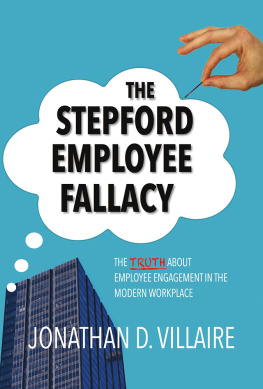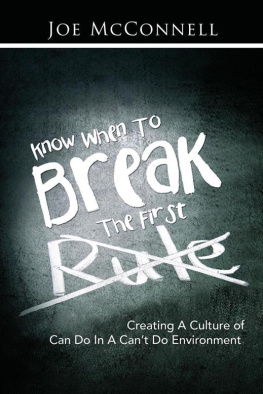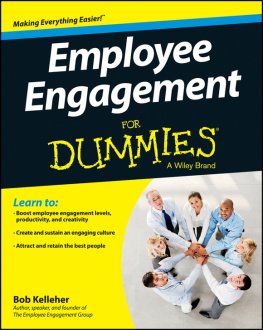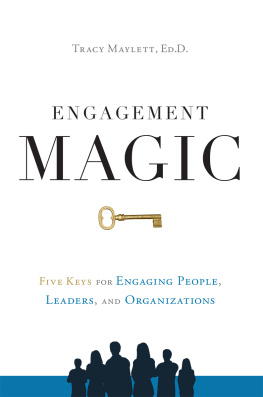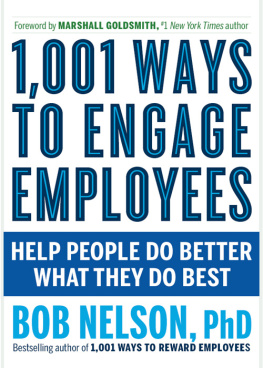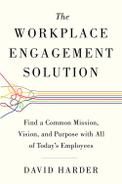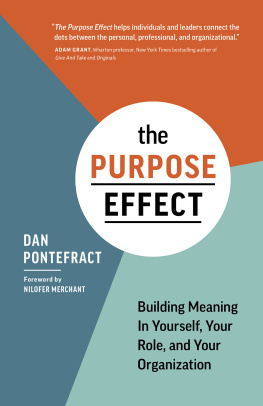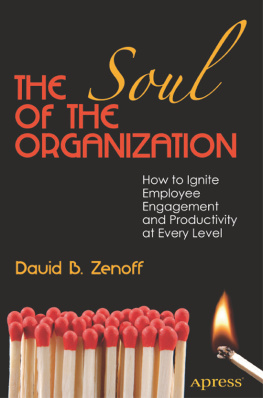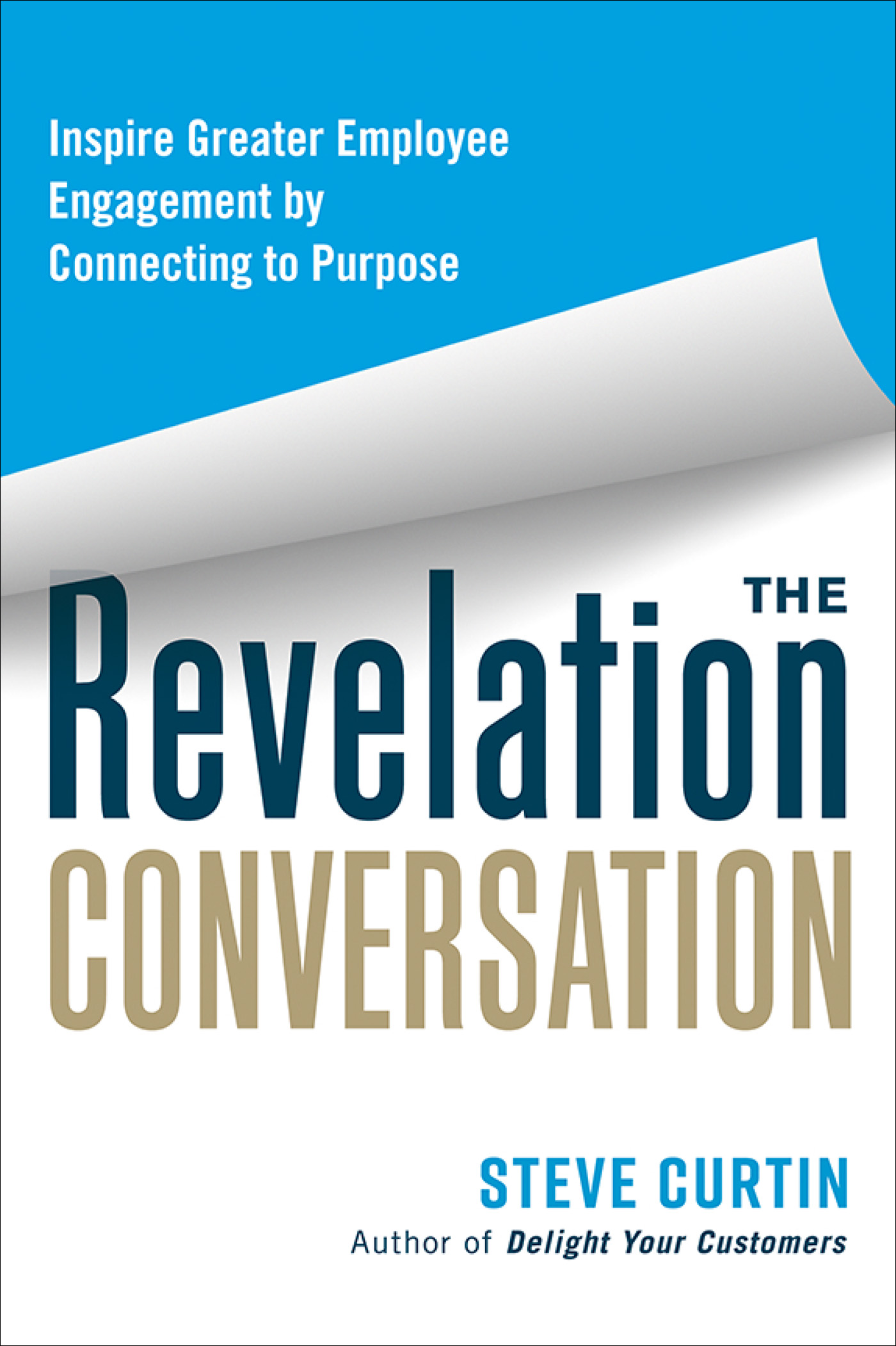Contents
Guide
Page List
The Revelation Conversation
Copyright 2022 by Steve Curtin
All rights reserved. No part of this publication may be reproduced, distributed, or transmitted in any form or by any means, including photocopying, recording, or other electronic or mechanical methods, without the prior written permission of the publisher, except in the case of brief quotations embodied in critical reviews and certain other noncommercial uses permitted by copyright law. For permission requests, write to the publisher, addressed Attention: Permissions Coordinator, at the address below.

| Berrett-Koehler Publishers, Inc.
1333 Broadway, Suite 1000
Oakland, CA 94612-1921
Tel: (510) 817-2277, Fax: (510) 817-2278
www.bkconnection.com |
Ordering information for print editions
Quantity sales. Special discounts are available on quantity purchases by corporations, associations, and others. For details, contact the Special Sales Department at the Berrett-Koehler address above.
Individual sales. Berrett-Koehler publications are available through most bookstores. They can also be ordered directly from Berrett-Koehler: Tel: (800) 929-2929; Fax: (802) 864-7626; www.bkconnection.com
Orders for college textbook/course adoption use. Please contact Berrett-Koehler: Tel: (800) 929-2929; Fax: (802) 864-7626.
Distributed to the U.S. trade and internationally by Penguin Random House Publisher Services.
Berrett-Koehler and the BK logo are registered trademarks of Berrett-Koehler Publishers, Inc.
First Edition
Paperback print edition ISBN 978-1-5230-0067-8
PDF e-book ISBN 978-1-5230-0068-5
IDPF e-book ISBN 978-1-5230-0069-2
Digital audio ISBN 978-1-5230-0070-8
2022-1
Book production: Linda Jupiter Productions. Copyedit: Karen Seriguchi.
Text design: Lewelin Polanco. Proofread: Mary Kanable.
Cover design: Rob Johnson. Index: Lieser Indexing.
Author photo: Paul Abdoo Photography.
There werent these two opposites, work and play, one bad and the other good. It was having a vision of the way things ought to be and then making them that way.
J.W. MARRIOTT SR.
Contents
Introduction
I n 2016 I had an experience while working with a sophisticated billion-dollar technology company that, for me, was a Damascene moment. (I thought about writing seminal moment or revelation, but Damascene best describes the sensation of scales falling from my eyes. I imagine its how Paul the Apostle must have felt when he experienced his conversion on the road to Damascus.) I was invited to speak to a group of senior leaders at the companys annual leadership summit on the topic of connecting to purpose at work. As a part of my preparation for the event, I asked my client how familiar he felt leadership was with the organizations single-sentence mission statement: We support our clients efforts to tell stories and make lasting impressions. He was confident that most of the leaders in attendance would be able to recall it word for word. I suggested a simple activity to verify his hunch.
Prior to my presentation, we distributed three index cards to each of the 222 leaders in attendance. On the first card, they were asked to record the companys one-sentence corporate mission statement. They were instructed to work independently from memory, without the aid of a smartphone or the colleague seated next to them. (Ill tell you what we asked them to do with the other two index cards in , The Anatomy of a Job Role.)
Guess what we discovered? Only 4 of the 222 leaders in attendance (less than 2 percent) could accurately recall the companys one-sentence corporate mission statement. Thirty-four participants (15 percent) left their cards blank or answered with a question mark. One senior manager thought it was a trick question and wrote, As far as I know, we dont have a corporate mission statement right now.
How could that be? My client had suggested that most would be able to recall the mission statement verbatim.
This experience reinforced the observation that spurred me to write this book: Although organizations consistently develop corporate mission, vision, and purpose statements, leadership is inconsistently able to recall them. As a result, leaders are unable to reveal these corporate ideals to employees, connect them to employees daily job responsibilities, and leverage them to inspire greater employee engagement.
Imagine you are leading a group of volunteers who will be going door-to-door to collect donations for hospitalized children. While preparing the volunteers for their assignments, you carefully explain what you want them to do (share the name of the charity and collect donations) and how to do it (canvass neighborhoods, knock on doors, introduce yourself, and explain the cause).
Now, suppose you went a step further. What if you told them something more compelling about why their job was so important? What if you shared that the funds would help provide an urgently needed heart transplant for Ethan Nelson, the son of a disabled veteran? What if you showed the volunteers a photo of the father sitting beside his sons hospital bed? Now the volunteers may see their roles as more than just collecting donations. Now they are saving lives. Now they put their heart and soul into the fundraising effort and work even more passionately to collect as much money as possible. And thats because you revealed the totality of their job role. You connected their job to a purpose. You inspired them to go the extra mile to get results.
Studies have long shown that there is a positive correlation between finding meaning in work (the why) and engagement with that work.
Too often, however, employees are not given sufficient information regarding the relationship between their job responsibilities and the real purpose of their jobs. Even in purpose-driven companies there can be a chasm separating employees from what they do and how they do it, and why they do it. I developed the Revelation Conversation to bridge this gap.
WHAT IS THE REVELATION CONVERSATION?
The Revelation Conversation is a performance management tool designed to support supervisors, managers, and leaders as they, perhaps for the first time, reveal the totality of their employees job roles, connect their job responsibilities to a purpose, and inspire greater employee engagement. It is a framework for a series of informal one-on-one revelatory conversations between leaders and employees to ensure that employees understand the why behind their job roles and how that why should be reflected in their everyday job tasks. The way I see it, initiating the Revelation Conversation with employees may be the single best use of a supervisors time at work.
As you may have guessed, the three objectives for the Revelation Conversation are



